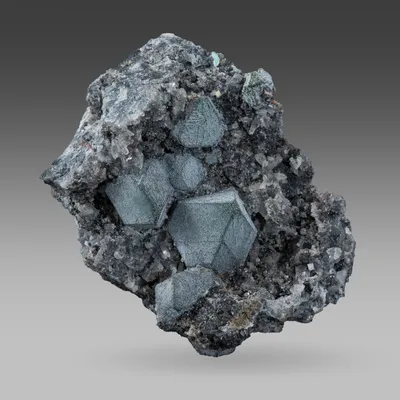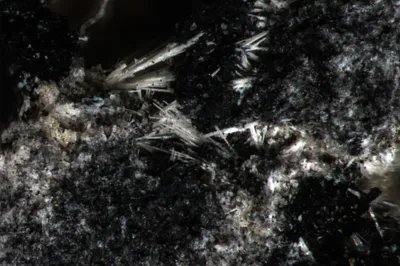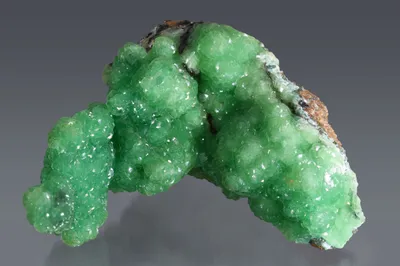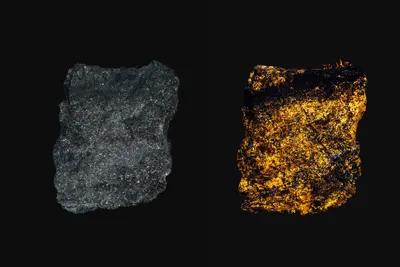Mineral Species
Sidpietersite
Type Locality
Yes
Composition
Pb2+4(S6+O3S2-)O2(OH)2
Crystal System
Triclinic
Status at Tsumeb
Confirmed (type locality)
Abundance
Extremely rare
Distribution
Third oxidation zone
Paragenesis
Supergene
Entry Number
Species; TSNB321
Type Mineralogy
In 1991, American mineral dealer Charlie Key purchased a specimen of colourless-pink smithsonite on a sulphide matrix from a Tsumeb miner. The smithsonite crystals were coated with an opaque, tan-coloured crust of zincite (which Key was unable to identify at the time) and a further unidentified but "nondescript" phase that Key suspected of being a mineral new to science. On further study the "nondescript" mineral was shown to be a lead thiosulphate, IMA 1998-036, which was named sidpietersite for Namibian mineral dealer Sidney Pieters (1920-2002) and recognising his outstanding contributions to Namibian mineralogy (Roberts et al. 1999). The structure of sidpietersite was resolved by Cooper and Hawthorne (1999c). Type material is conserved at the Geological Survey of Canada, Ottawa (catalogue number NMC 68076) and at the Natural History Museum, London (catalogue number BM.1998,36).
General Notes
The exact location from which the type specimen was recovered is not recorded but it is known to be from between 41 Level and 44 Level in Tsumeb’s third oxidation zone and it was one of "… countless samples" recovered from this part of the ore body in the early 1990s (Roberts et al. 1999). The matrix consists of fine-grained massive sulphide ore comprising galena and sphalerite; perched on the matrix are pale pink to colourless crystals of smithsonite (to 8 mm) and these crystals are partly coated with a tan crust of zincite. Minor greenockite and quartz are also present both on and in the matrix. The sidpietersite is interpreted as secondary after galena. Masses of sidpietersite occur both in the sulphide matrix and on the zincite-coated smithsonite crystals and it is clearly the last mineral to form in this paragenesis (Roberts et al. 1999).
Sidpietersite was the first thiosulphate mineral identified at Tsumeb. It occurs as warty, nodular masses, and as free-standing, radiating aggregates of colourless, to cream-coloured or beige, bladed crystals to 3 mm.
In February 2021 Joy Désor offered for auction a specimen of sidpietersite as a beige-coloured crust of intergrown nodular aggregates, associated with galena, hydrocerussite, mimetite, plumboselite, quartz, and a possible OH analogue of mattheddleite. The sidpietersite was confirmed by SCXRD, EDS and Raman spectroscopy (https://e-rocks.com/; accessed February 2021).
Associated Minerals
galena; greenockite; hydrocerussite; mattheddleite (?); mimetite; plumboselite; quartz; smithsonite; spertiniite; sphalerite; zincite





